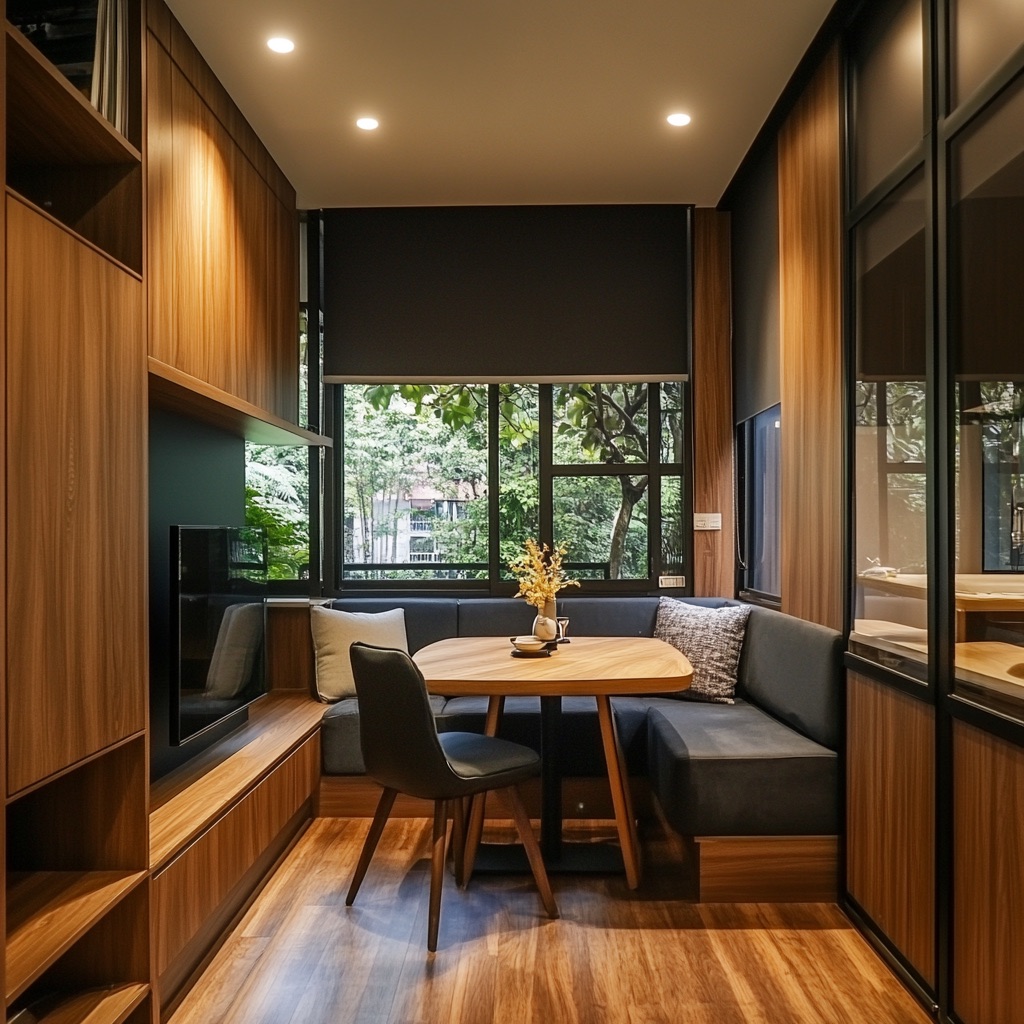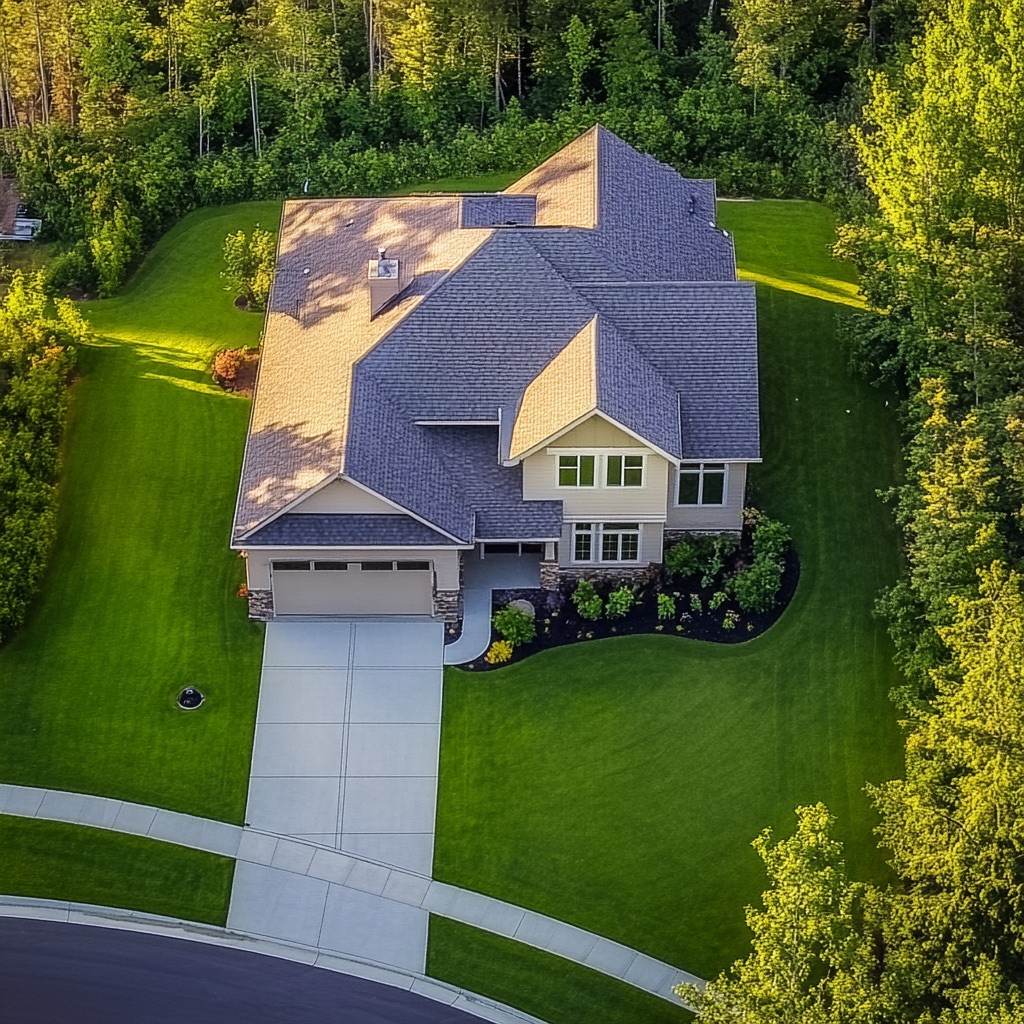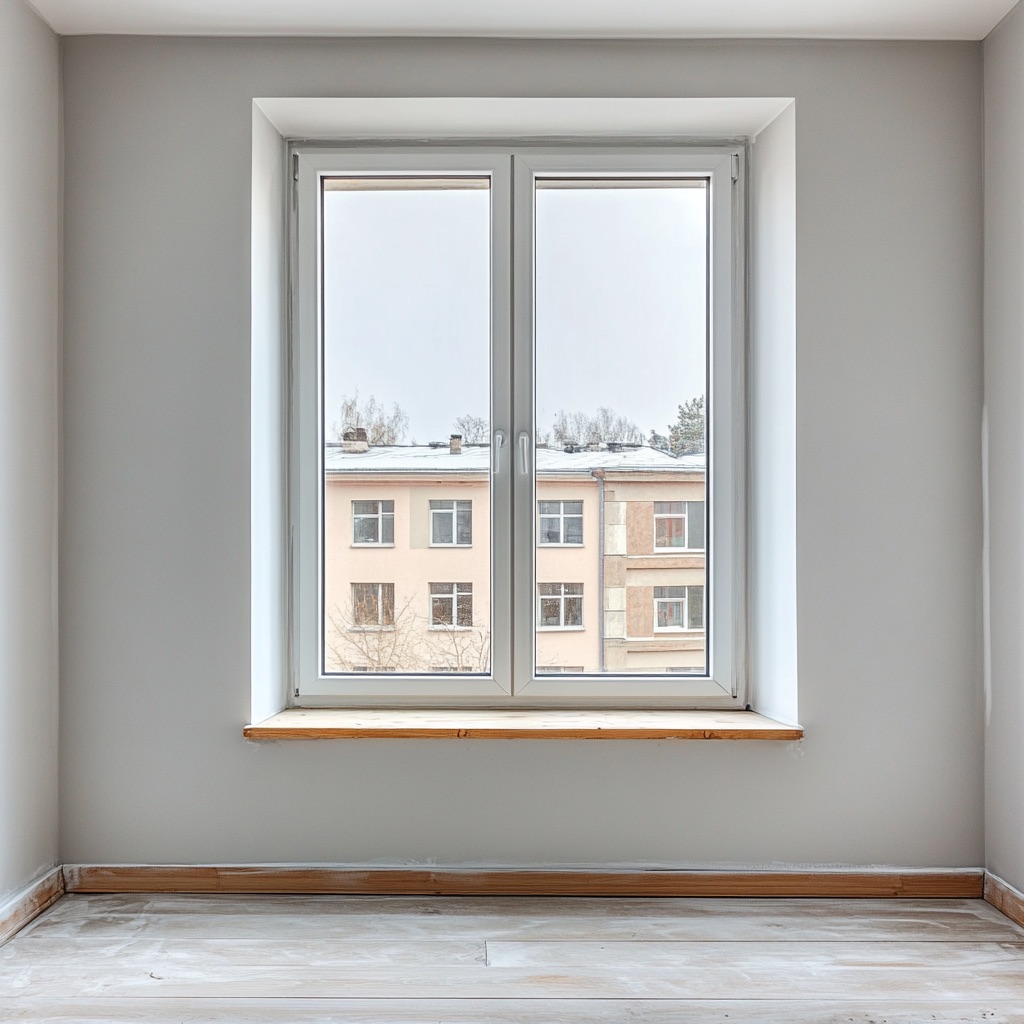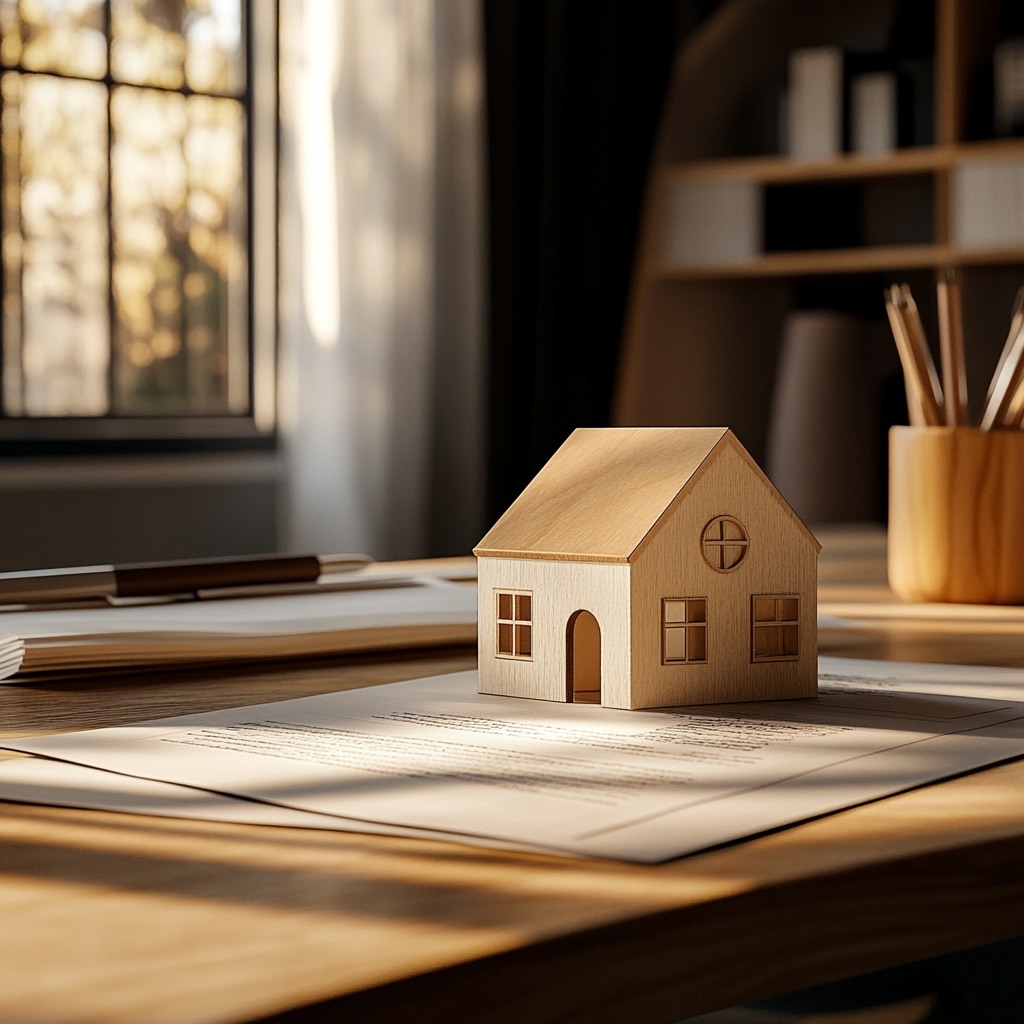In today’s world, the concept of sustainability has gained significant momentum, and one of the most impactful ways to contribute to a greener future is through the design of energy-efficient homes. Integrating solar panels into home design not only reduces environmental impact but also offers long-term cost savings and energy independence.
In this blog post, we’ll explore six essential tips for designing an energy-efficient home with solar panels, empowering homeowners to embrace sustainable living while harnessing the power of the sun.
Location, Orientation, and Shading
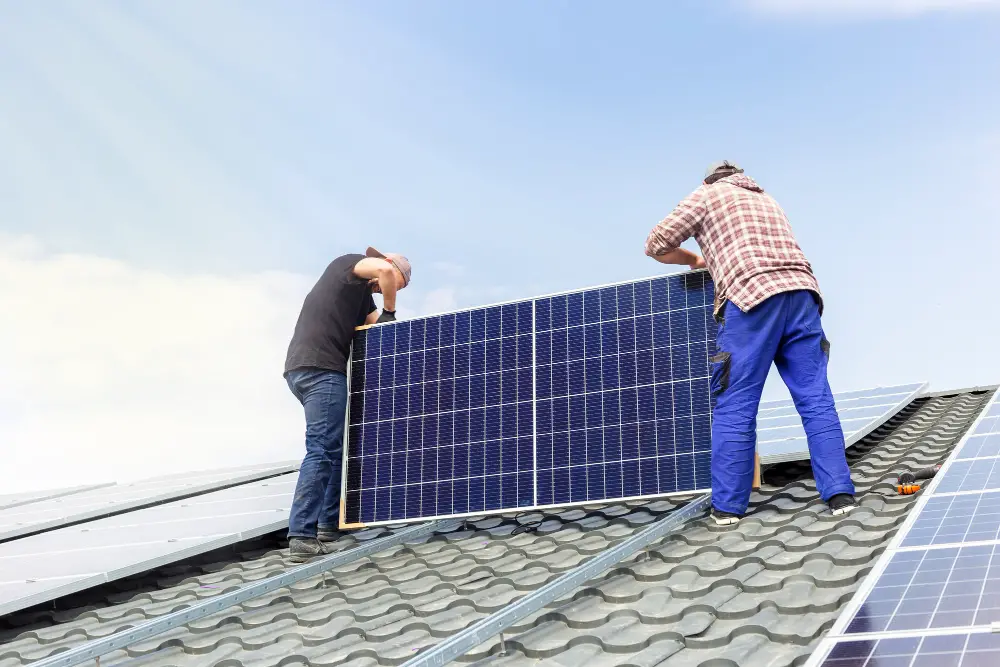
The first step in designing an energy-efficient home with solar panels is to consider the location, orientation, and shading of the property. The ideal location for solar panels is where the panels can receive maximum sun exposure throughout the day.
This typically means a south-facing orientation in the northern hemisphere and a north-facing orientation in the southern hemisphere. Additionally, minimizing shading from surrounding trees or structures is crucial for optimizing solar panel efficiency. By strategically placing solar panels in unobstructed areas, homeowners can maximize their energy generation potential.
Roof Design and Solar Panel Compatibility
The design and compatibility of the roof play a pivotal role in the successful integration of solar panels. When considering solar panel installation, it’s essential to evaluate the condition and structure of the roof.
Different roofing materials have varying levels of compatibility with solar panels, so it’s crucial to assess whether the roof can support the additional weight and mounting requirements of the solar energy system. Additionally, the slope and angle of the roof impact the effectiveness of solar panels, with steeper angles often proving more efficient for energy capture.
Energy-efficient Home Design Elements
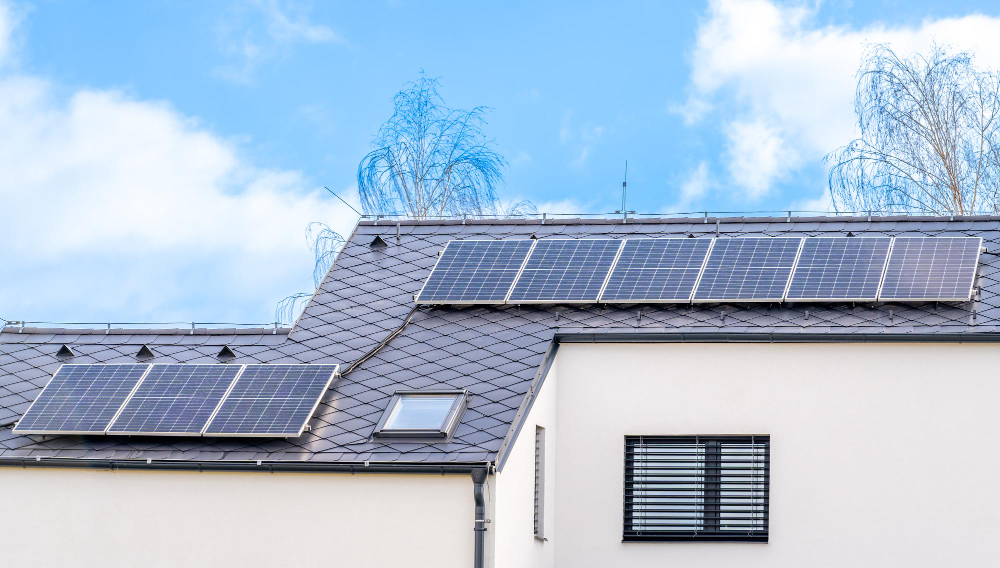
When it comes to energy-efficient home design elements, incorporating solar panels can significantly impact the overall sustainability and cost-effectiveness of a property. While design costs and styles may vary, most energy-efficient homes share common elements such as well-constructed and tightly sealed thermal envelopes, high-efficiency appliances, proper insulation, energy-efficient windows, and effective air sealing.
Furthermore, integrating solar installation into the home’s design offers long-term benefits by leveraging renewable energy sources to reduce reliance on traditional power grids and minimize utility expenses. When considering solar installation cost as part of an energy-efficient home design, homeowners should weigh the initial investment against the long-term savings and environmental impact.
From there, they can make informed decisions based on their specific housing needs and geographical location.
System Sizing and Energy Storage
When designing an energy-efficient home with solar panels, determining the appropriate system size and integrating energy storage solutions are crucial considerations. System sizing involves analyzing factors such as household energy consumption, available roof space, and geographical location to ensure the solar panel system meets the home’s energy needs.
Additionally, incorporating energy storage, such as batteries, allows homeowners to store excess energy for use during periods of low sunlight or power outages, enhancing the self-sufficiency and resilience of the home.
While there may be upfront costs associated with appropriately sizing the system and implementing energy storage, the long-term benefits in terms of energy independence and reduced reliance on traditional power grids make these considerations essential for a comprehensive energy-efficient home design.
Regulatory Considerations and Incentives
In the realm of energy-efficient home design and solar installations, understanding regulatory considerations and incentives is paramount. Local building codes, zoning regulations, and utility interconnection standards must be navigated to ensure compliance and safety.
Additionally, being aware of available incentives such as tax credits, rebates, and net metering programs can significantly offset the upfront costs of implementing energy-efficient solutions and solar installations. Staying informed about these regulatory aspects and incentives not only facilitates a smoother design and installation process but also maximizes the financial benefits and long-term sustainability of the energy-efficient home.
Monitoring and Maintenance
Lastly, the ongoing monitoring and maintenance of solar panels are crucial for ensuring optimal performance and longevity. Regular inspection, cleaning, and maintenance of the solar energy system help prevent efficiency losses and potential issues.
Additionally, leveraging monitoring technology allows homeowners to track the energy production of their solar panels, enabling proactive maintenance and informed decision-making regarding energy consumption patterns.
The Takeaway
Designing an energy-efficient home with solar panels requires thoughtful consideration of various factors, from location and orientation to regulatory compliance and maintenance. By implementing the tips outlined in this article, homeowners can embark on a journey towards sustainable living, reduced energy costs, and a positive environmental impact.
Embracing solar energy as a fundamental component of home design not only contributes to a greener planet but also empowers individuals to take control of their energy consumption and lead the way towards a more sustainable future.
By integrating these tips into their home design endeavors, homeowners can pave the way for a more sustainable and energy-efficient lifestyle while reaping the benefits of solar energy.
Recap

